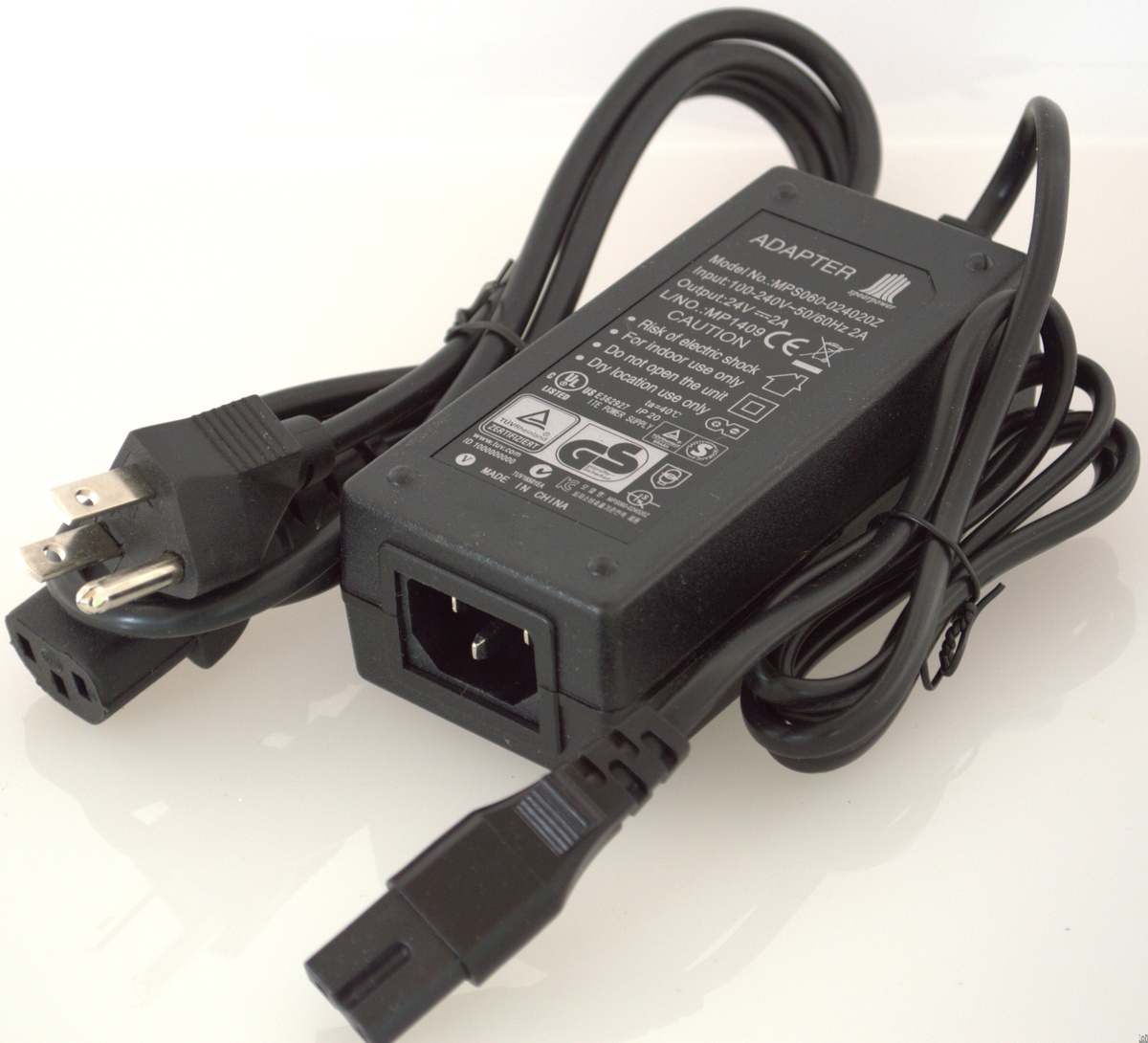

Articles
What Is An Ac Dc Adapter
Modified: December 7, 2023
Discover everything you need to know about AC DC adapters in this informative article. Explore the various types, uses, and benefits they offer.
(Many of the links in this article redirect to a specific reviewed product. Your purchase of these products through affiliate links helps to generate commission for Storables.com, at no extra cost. Learn more)
Introduction
An AC/DC adapter is an essential device that allows electronic equipment to function by converting alternating current (AC) from a power outlet to direct current (DC) that is compatible with the device’s power requirements. These adapters are commonly used with a wide range of devices, from smartphones and laptops to printers and gaming consoles. Understanding how AC/DC adapters work and the different types available is crucial for anyone working with electrical devices or seeking to optimize their power consumption.
In this article, we will explore the definition of an AC/DC adapter, how it works, the different types of adapters available, their common applications, and the advantages and disadvantages they offer. We will also discuss factors to consider when choosing an AC/DC adapter to ensure compatibility and efficiency.
By the end of this article, you will have a comprehensive understanding of AC/DC adapters and be able to make informed decisions when it comes to powering your electronic devices.
Key Takeaways:
- AC/DC adapters are crucial for powering electronic devices, bridging the gap between AC power sources and the specific DC power requirements of devices, ensuring optimal performance and longevity.
- When choosing an AC/DC adapter, consider factors such as voltage requirement, current rating, connector type, efficiency, safety features, and brand reputation to ensure compatibility, efficiency, and safety for your electronic device.
Read more: What Is An Adapter
Definition of an AC/DC Adapter
An AC/DC adapter, also known as a power adapter or power supply, is a device that converts the electrical power from an alternating current (AC) source to a direct current (DC) output. It is used to provide the appropriate electrical voltage and current required by various electronic devices that operate on DC power.
The main function of an AC/DC adapter is to bridge the gap between the power characteristics of a standard AC power outlet and the specific requirements of a device. While electrical power from the grid is typically in the form of AC, many electronic devices, such as smartphones, laptops, and LED lights, require DC power to operate efficiently and safely.
AC/DC adapters are designed to convert the AC input voltage, usually between 100-240 volts, to a lower, regulated DC output voltage that matches the requirements of the device. They are equipped with circuitry that performs the necessary voltage and current regulation to provide stable and reliable power to the connected device.
AC/DC adapters come in various shapes and sizes, often in the form of a small, rectangular box with a power cord on one end and a connector on the other end. The connector is designed to fit into the device’s power input, allowing for easy and secure connection.
Overall, an AC/DC adapter acts as a mediator between the power source and the device, ensuring that the device receives the correct power supply for optimal performance.
How AC/DC Adapters Work
AC/DC adapters work by utilizing a combination of electronic components and circuitry to convert the AC power from a wall outlet into the DC power required by electronic devices. The process involves several key steps:
- Step 1: AC Input – The AC/DC adapter is connected to a power outlet, receiving the AC voltage supplied by the electrical grid. The standard AC voltage varies in different regions, commonly 100-240 volts at a frequency of 50 or 60 Hz.
- Step 2: Rectification – The adapter’s internal circuitry uses a rectifier to convert the AC voltage to a pulsating DC voltage. A rectifier consists of diodes that only allow the flow of current in one direction. This process results in an unregulated DC voltage.
- Step 3: Filtering – To smooth out the pulsating DC voltage and remove any remaining alternating current components, the adapter uses capacitors to filter the voltage. This helps in improving the stability and reducing any potential ripple in the output.
- Step 4: Voltage Regulation – The filtered DC voltage is then regulated to produce a constant, steady DC output voltage. This regulation is achieved by using a voltage regulator circuit, typically in the form of integrated circuits (ICs) or discrete components.
- Step 5: Output Stage – The regulated DC voltage is now ready to be delivered to the device. The adapter transforms the voltage level if necessary, using a transformer or switching regulator, to match the specific power requirements of the device. The output is then fed through the connector to the device’s power input.
By following these steps, AC/DC adapters ensure that the device receives the correct and stable DC power it needs to function properly. The circuitry and components within the adapter work together to convert the AC power from the main supply into a suitable DC output that meets the voltage and current requirements of the connected device.
It’s worth noting that some AC/DC adapters also include additional features, such as short-circuit protection, overcurrent protection, and overvoltage protection, to safeguard both the adapter and the connected device from electrical faults and abnormalities.
Types of AC/DC Adapters
There are several different types of AC/DC adapters available, each designed to meet specific power requirements and accommodate various devices. The choice of adapter depends on factors such as voltage and current levels, connector types, and the intended application. Here are some common types of AC/DC adapters:
- Linear Power Supplies: Linear power supplies are simple and reliable adapters that use a linear regulator to convert AC power to DC power. They provide a clean and stable output but are less efficient compared to other types.
- Switching Power Supplies: Switching power supplies, also known as switched-mode power supplies (SMPS), are the most commonly used type of AC/DC adapter. They offer high efficiency and compact size by using a switching regulator to convert and regulate the power.
- Wall Adapters: Wall adapters, also called plug-in adapters or wall-warts, are compact adapters that plug directly into a standard wall outlet. They are commonly used for small electronic devices like smartphones, tablets, and routers.
- USB Adapters: USB adapters are a type of wall adapter that provide power through USB ports. They are widely used to charge smartphones, tablets, and other USB-powered devices.
- Laptop Adapters: Laptop adapters, also known as AC laptop chargers, are specifically designed to power and charge laptop computers. They typically have higher power output and come with various interchangeable adapter tips to fit different laptop models.
- Desktop Power Supplies: Desktop power supplies are larger adapters designed for use with desktop computers and other devices that require higher power levels. They often have higher wattage ratings and provide multiple outputs for powering different components.
- Multi-Voltage Adapters: Multi-voltage adapters are versatile adapters that can be adjusted to different output voltage levels. They generally come with a set of interchangeable plugs for compatibility with various devices.
It’s important to choose the right type of adapter that matches the specific requirements of your device. Consider factors such as voltage and current compatibility, connector compatibility, and any additional features or protections required for your device’s optimal operation.
Remember to always consult the device’s specifications or manufacturer recommendations to ensure the compatibility and safety of your chosen AC/DC adapter.
Common Applications of AC/DC Adapters
AC/DC adapters are used in a wide range of electronic devices and applications, providing the necessary power conversion for them to operate efficiently. Here are some common applications where AC/DC adapters play a crucial role:
- Consumer Electronics: AC/DC adapters are widely used in consumer electronics devices such as smartphones, tablets, laptops, gaming consoles, and cameras. They are essential for powering and charging these devices, providing the appropriate DC voltage and current for optimal performance.
- Home Appliances: Many home appliances, including kitchen appliances, audio equipment, and televisions, rely on AC/DC adapters. These adapters ensure that the appliances receive the correct power supply, allowing them to function safely and efficiently.
- Networking Equipment: AC/DC adapters are commonly used in networking equipment like routers, switches, and modems to power and provide connectivity to home or office networks. They enable the devices to connect to the internet and transfer data.
- LED Lighting: LED lights often require DC power to operate efficiently. AC/DC adapters are used to convert the AC power from the mains to the appropriate DC voltage for powering LED bulbs, strips, and fixtures.
- Medical Devices: Many medical devices, such as portable monitors, blood pressure monitors, and nebulizers, rely on AC/DC adapters for their power supply. These adapters ensure the safe and reliable operation of medical equipment.
- Industrial Applications: AC/DC adapters are used in various industrial applications, such as factory automation systems, control panels, and power distribution units. They provide the necessary power conversion and regulation required in industrial environments.
- Automotive: AC/DC adapters are used in automotive applications to power and charge electronic devices like GPS navigation systems, dash cameras, and portable multimedia players. Some adapters are designed specifically for use in vehicles with the ability to operate on the DC voltage of the vehicle’s electrical system.
These are just a few examples of the many applications where AC/DC adapters are essential. The versatility and wide range of compatibility of AC/DC adapters make them crucial for powering a diverse array of electronic devices, whether in our homes, offices, or industrial settings.
When choosing an AC/DC adapter, make sure to match the voltage and current requirements of your device. It’s important to also consider the connector size and polarity to ensure compatibility.
Read more: What Does Dc Mean On A Samsung Washer
Advantages and Disadvantages of AC/DC Adapters
AC/DC adapters offer several advantages, but like any technology, they also come with a few disadvantages. Understanding these pros and cons can help you make informed decisions when choosing and utilizing AC/DC adapters. Let’s delve into the advantages and disadvantages:
Advantages:
- Versatility: AC/DC adapters are highly versatile and can be used with a wide range of electronic devices and appliances. They provide a standardized method of powering various devices, making it convenient for users.
- Compatibility: AC/DC adapters are designed to match the specific voltage and current requirements of different devices. This compatibility ensures that devices receive the correct and stable power supply, promoting optimal performance and longevity.
- Portability: Many AC/DC adapters, especially the smaller ones like wall adapters or USB adapters, are lightweight and compact. This portability allows for easy transport and use with mobile devices, making them ideal for travel or on-the-go use.
- Ease of Use: AC/DC adapters typically have a user-friendly design, with a simple plug-and-play setup. This makes it easy for users to connect and use the adapter without requiring technical expertise.
- Energy Efficiency: Switching power supplies, a common type of AC/DC adapter, offer high energy efficiency, resulting in lower energy consumption and reduced environmental impact compared to traditional linear power supplies.
Disadvantages:
- Compatibility Limitations: Despite the wide range of adapters available, there can still be compatibility limitations. It is important to ensure that the adapter you choose matches the voltage, current, and connector requirements of your device to avoid issues or damage.
- Reliance on External Power: AC/DC adapters require access to an AC power source to function. This means that devices powered by adapters cannot operate independently and are dependent on the availability of electricity.
- Potential for Failure: As with any electronic device, AC/DC adapters can fail over time. This can be due to factors such as component degradation, power surges, or manufacturing defects. Regular inspection and maintenance can help mitigate the risk of failure.
- Space Requirements: Some AC/DC adapters, especially those designed for higher power applications, can be larger in size. This can take up valuable space, especially in compact electronic devices or in situations where multiple adapters are used simultaneously.
- Heat Generation: AC/DC adapters can generate heat, especially when operating under high loads or in challenging environmental conditions. It’s important to ensure adequate ventilation to prevent overheating and potential damage to the adapter or the connected device.
By considering these advantages and disadvantages, you can assess the suitability of AC/DC adapters for your specific needs and make informed choices when selecting and using them with your electronic devices.
Factors to Consider when Choosing an AC/DC Adapter
When selecting an AC/DC adapter for your electronic device, it’s important to consider several factors to ensure compatibility, efficiency, and safety. These factors will help you choose the right adapter that meets the specific power requirements of your device. Here are some key factors to consider:
- Voltage Requirement: Check the voltage requirement of your device. The adapter’s output voltage should match the required voltage of your device. Using an adapter with incorrect voltage can potentially damage the device or cause it to malfunction.
- Current Rating: Consider the current rating of the adapter, usually measured in amps (A) or milliamps (mA). Ensure that the adapter can supply enough current to meet the power needs of your device. Insufficient current may result in underperformance, while excessive current may cause overheating or damage.
- Connector Type: Verify that the adapter’s connector is compatible with the power input of your device. Different devices may have different connector types, such as barrel connectors, USB connectors, or proprietary connectors.
- Polarity: Pay attention to the polarity of the connector, which indicates which wire is positive (+) and which is negative (-). Ensure that the adapter’s polarity matches the requirements of your device. Reversing the polarity can lead to device damage.
- Power Output: Determine the power output of the adapter, usually measured in watts (W) or volt-ampere (VA). The power output should be equal to or greater than the power consumption of your device for reliable and stable performance.
- Efficiency: Consider the efficiency rating of the adapter. Higher efficiency means less energy waste and lower operating costs. Look for adapters labeled with energy-efficient certifications like ENERGY STAR for optimal efficiency.
- Safety Features: Check for additional safety features such as short-circuit protection, overcurrent protection, and overvoltage protection. These features help protect both the adapter and your device from electrical faults or damage.
- Quality and Brand Reputation: Opt for adapters from reputable brands known for their quality and reliability. Quality adapters are less prone to failure and offer better performance and longevity.
- Certifications and Compliance: Look for adapters that comply with relevant safety and efficiency standards, such as UL (Underwriters Laboratories) certification or CE (Conformité Européene) marking. These certifications ensure compliance with industry standards and regulations.
- Budget: Consider your budget when choosing an AC/DC adapter. While quality and compatibility are essential, it’s also important to find an adapter that fits within your budget constraints.
By considering these factors, you can make an informed decision when selecting the most suitable AC/DC adapter for your device. It’s always recommended to refer to the device’s specifications or consult with the manufacturer for specific power requirements to ensure compatibility and safety.
Read also: 5 Best AC Adapters for 2025
Conclusion
AC/DC adapters play a critical role in powering electronic devices by converting AC power from the main supply to the DC power required by the device. They provide a bridge between the power characteristics of a standard electrical outlet and the specific power requirements of various devices. Understanding how AC/DC adapters work, the different types available, and the factors to consider when choosing one is important for anyone working with electronic devices.
We discussed the definition of an AC/DC adapter and learned that it is a device that converts AC power to DC power, ensuring compatibility between power sources and devices. We explored how AC/DC adapters work, including steps such as rectification, filtering, voltage regulation, and the output stage. We then looked at the different types of AC/DC adapters, such as linear power supplies, switching power supplies, wall adapters, USB adapters, and more, each designed for specific applications.
Furthermore, we delved into the common applications of AC/DC adapters, which range from consumer electronics and home appliances to medical devices and industrial applications. We also discussed the advantages and disadvantages of AC/DC adapters, highlighting their versatility, compatibility, and energy efficiency, but also noting factors such as compatibility limitations and potential for failure.
Lastly, we examined the factors to consider when choosing an AC/DC adapter, including voltage requirement, current rating, connector type, efficiency, safety features, and brand reputation. We also emphasized the importance of considering device specifications and industry certifications to ensure compatibility and safety.
In conclusion, AC/DC adapters are essential components that enable the smooth and efficient operation of our electronic devices. By understanding their functionality, types, and considerations, you can make informed decisions when it comes to selecting the right AC/DC adapter for your specific needs. Whether you’re charging your smartphone, powering your laptop, or illuminating your LED lights, the right AC/DC adapter ensures that your device receives the optimal power supply for optimal performance and longevity.
Frequently Asked Questions about What Is An Ac Dc Adapter
Was this page helpful?
At Storables.com, we guarantee accurate and reliable information. Our content, validated by Expert Board Contributors, is crafted following stringent Editorial Policies. We're committed to providing you with well-researched, expert-backed insights for all your informational needs.

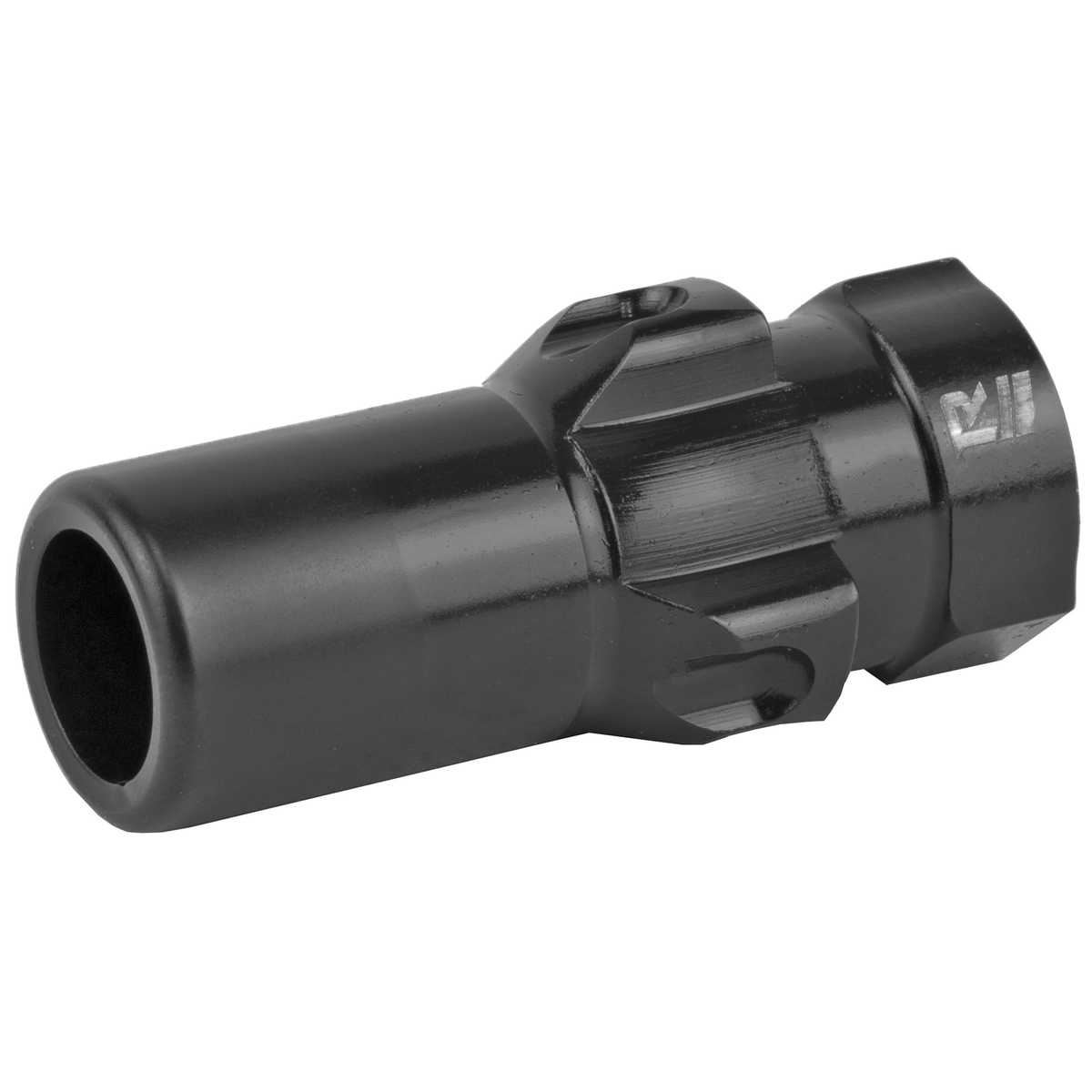
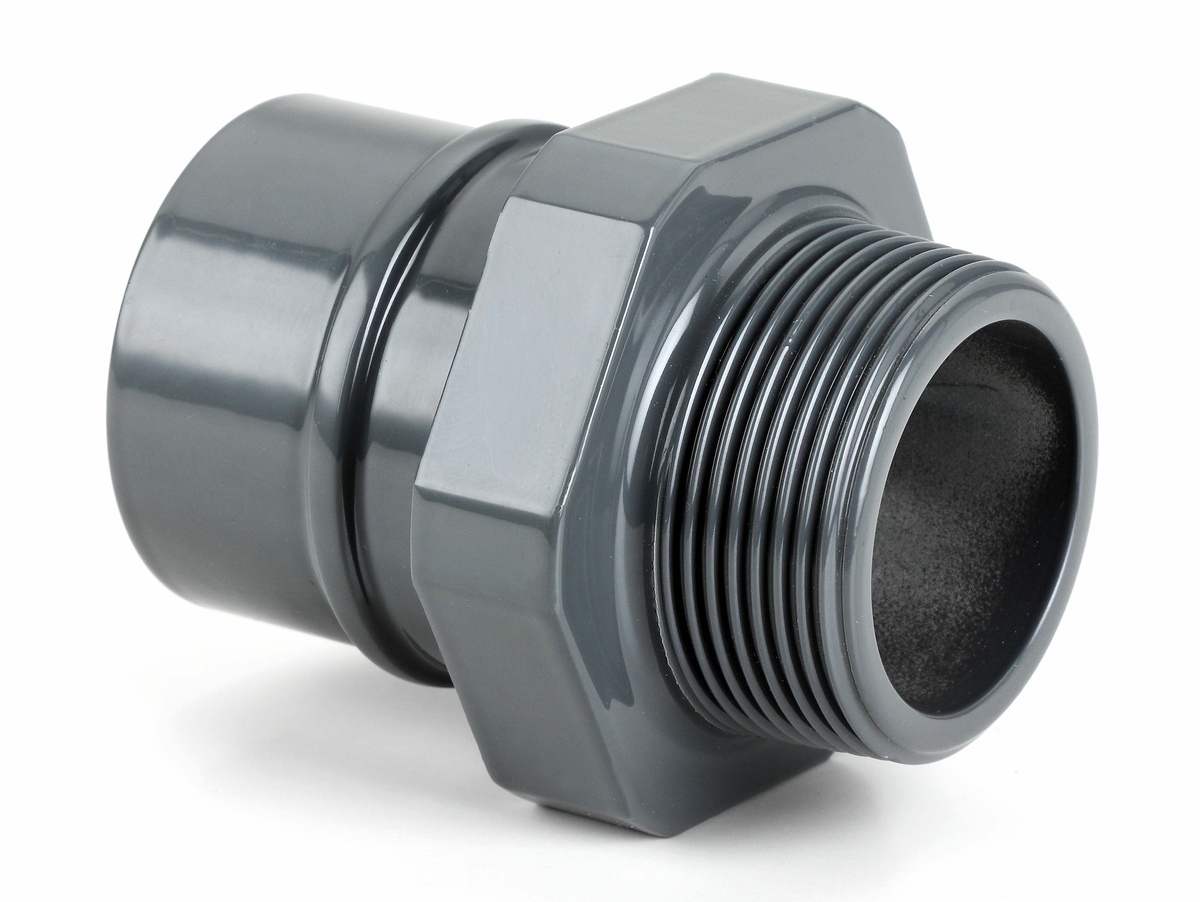
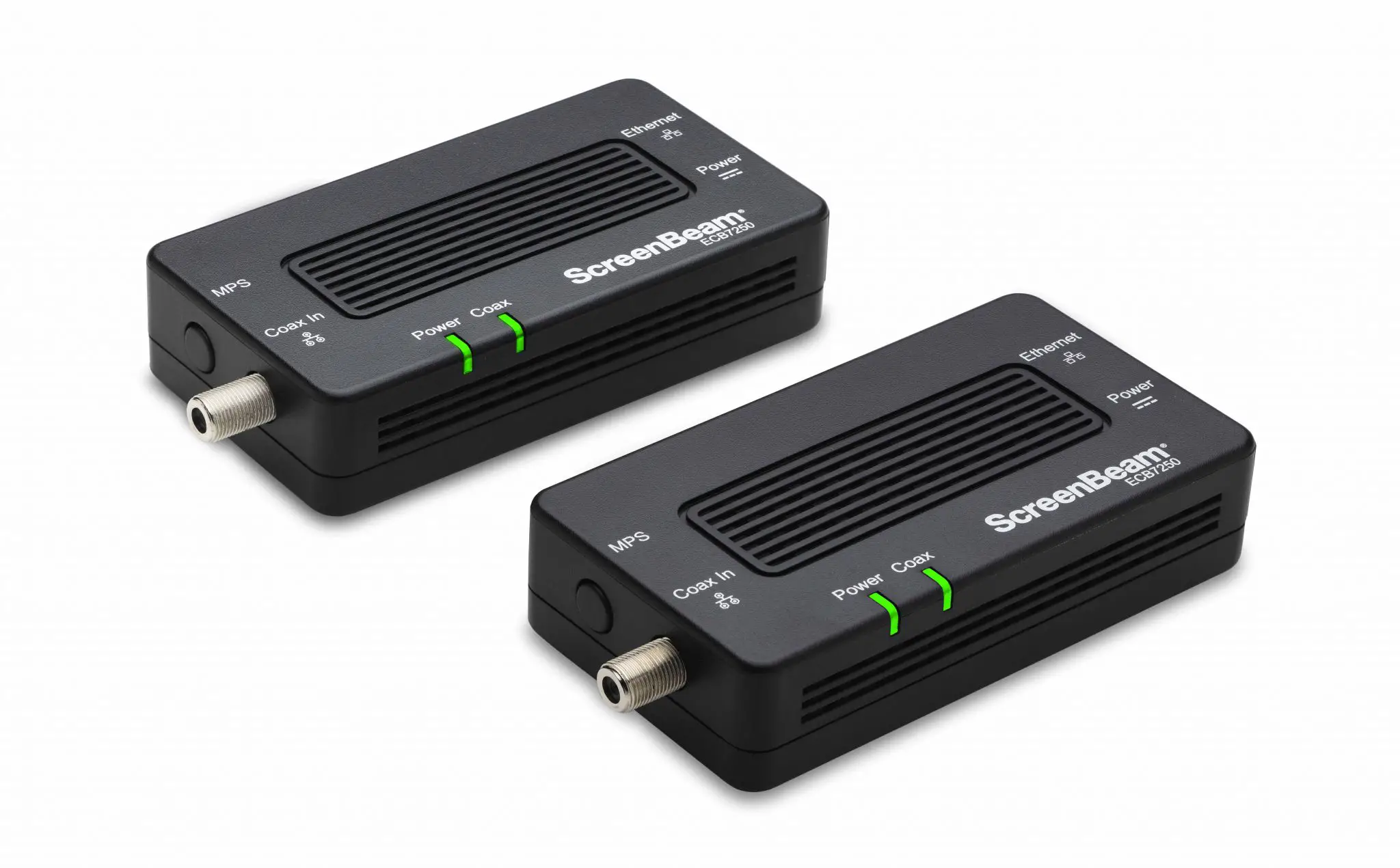
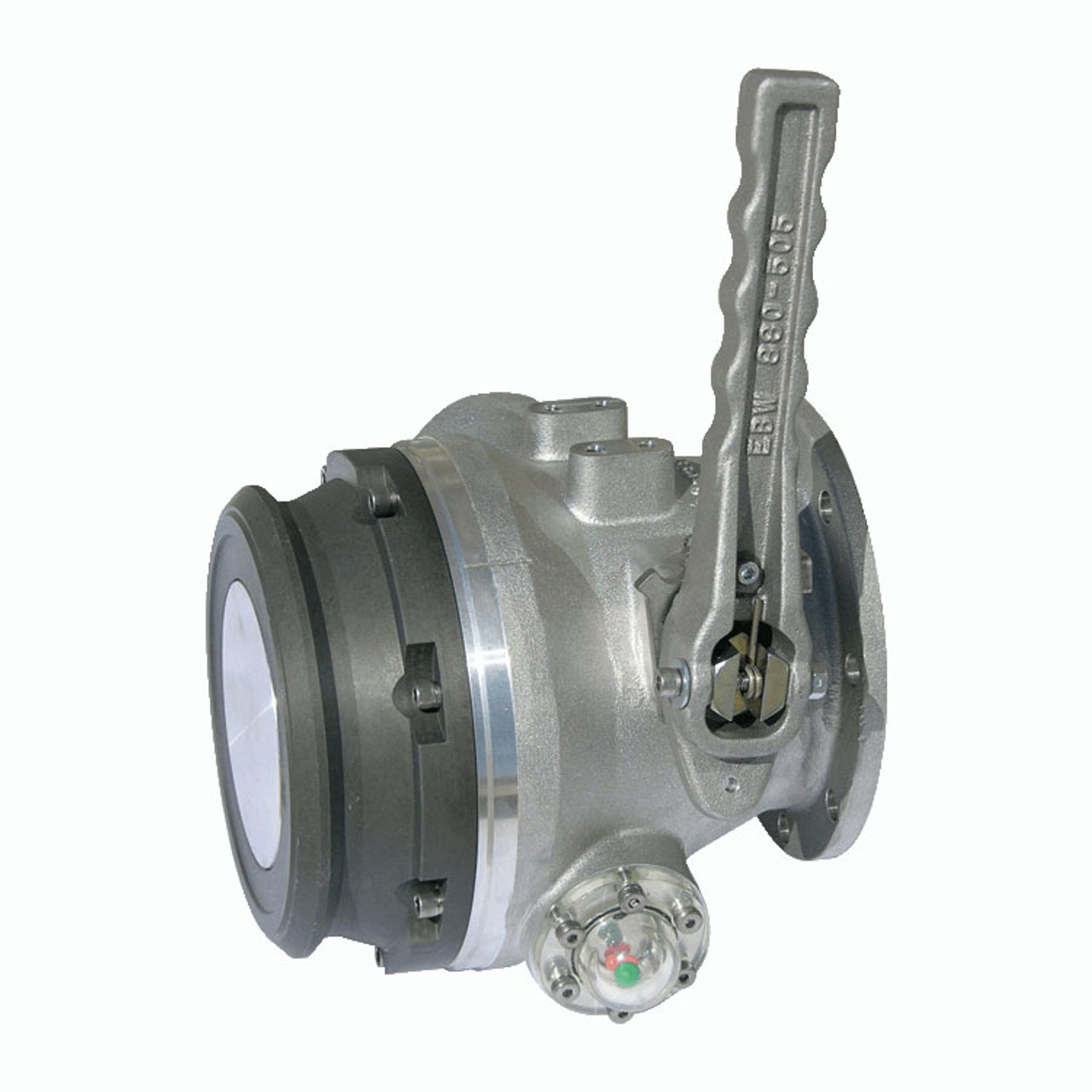
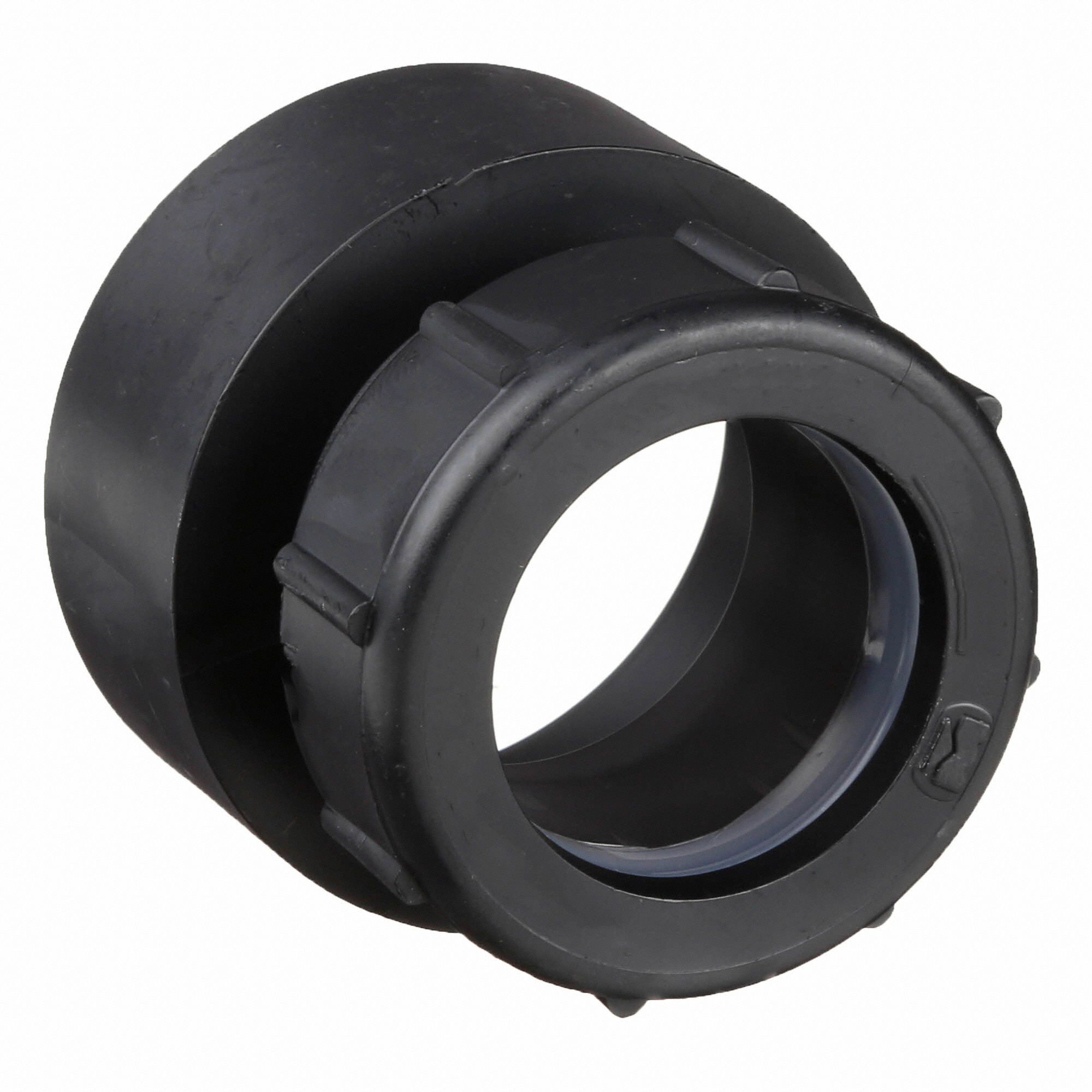
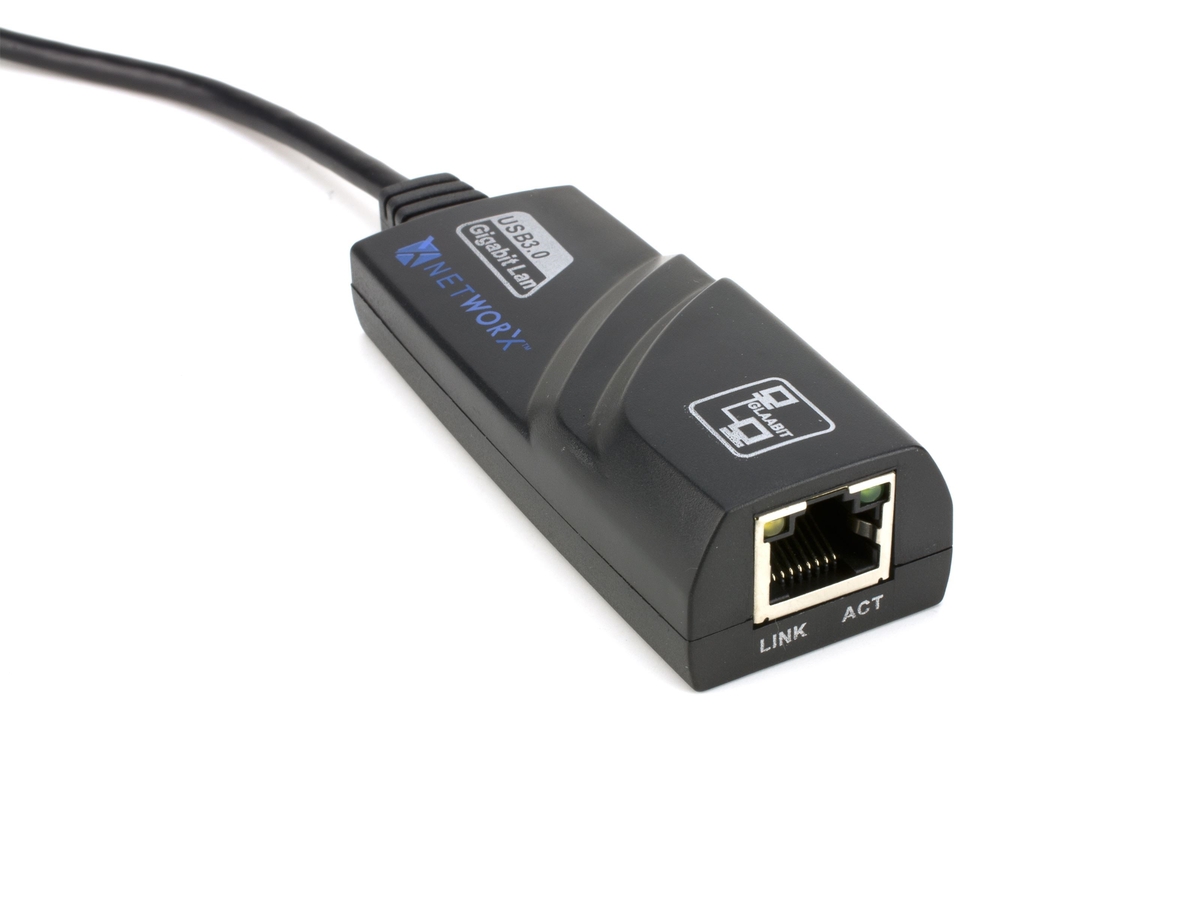
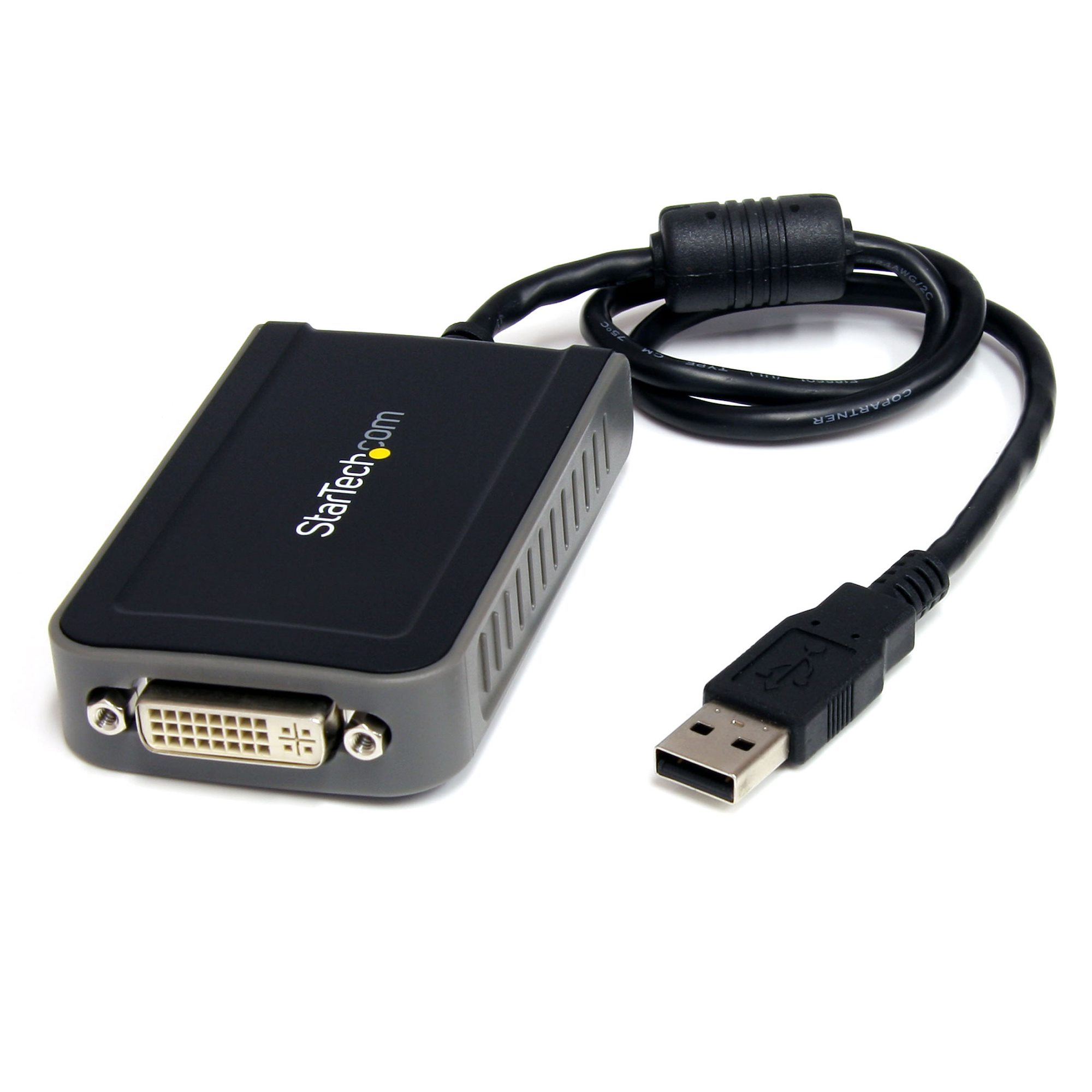
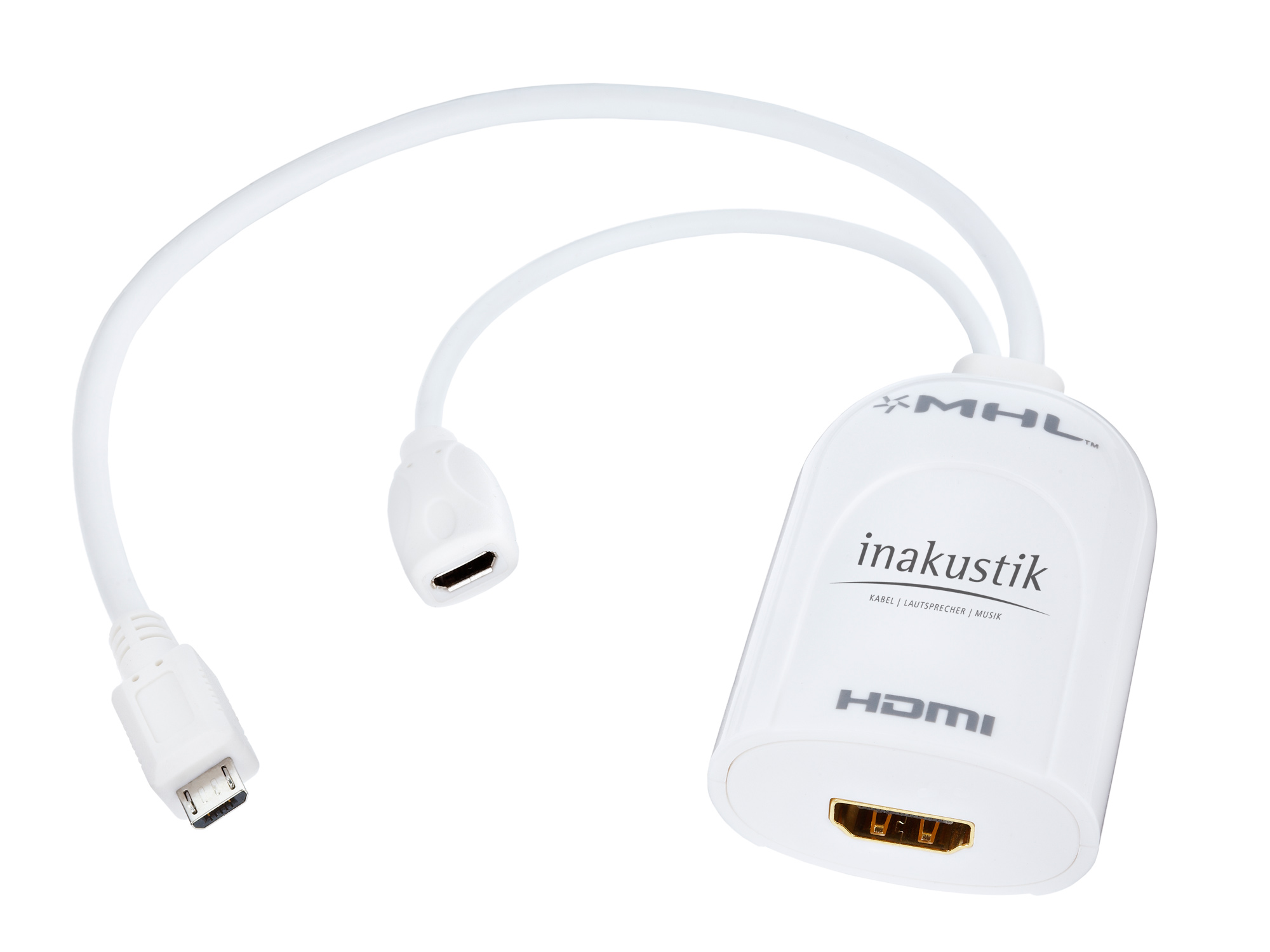
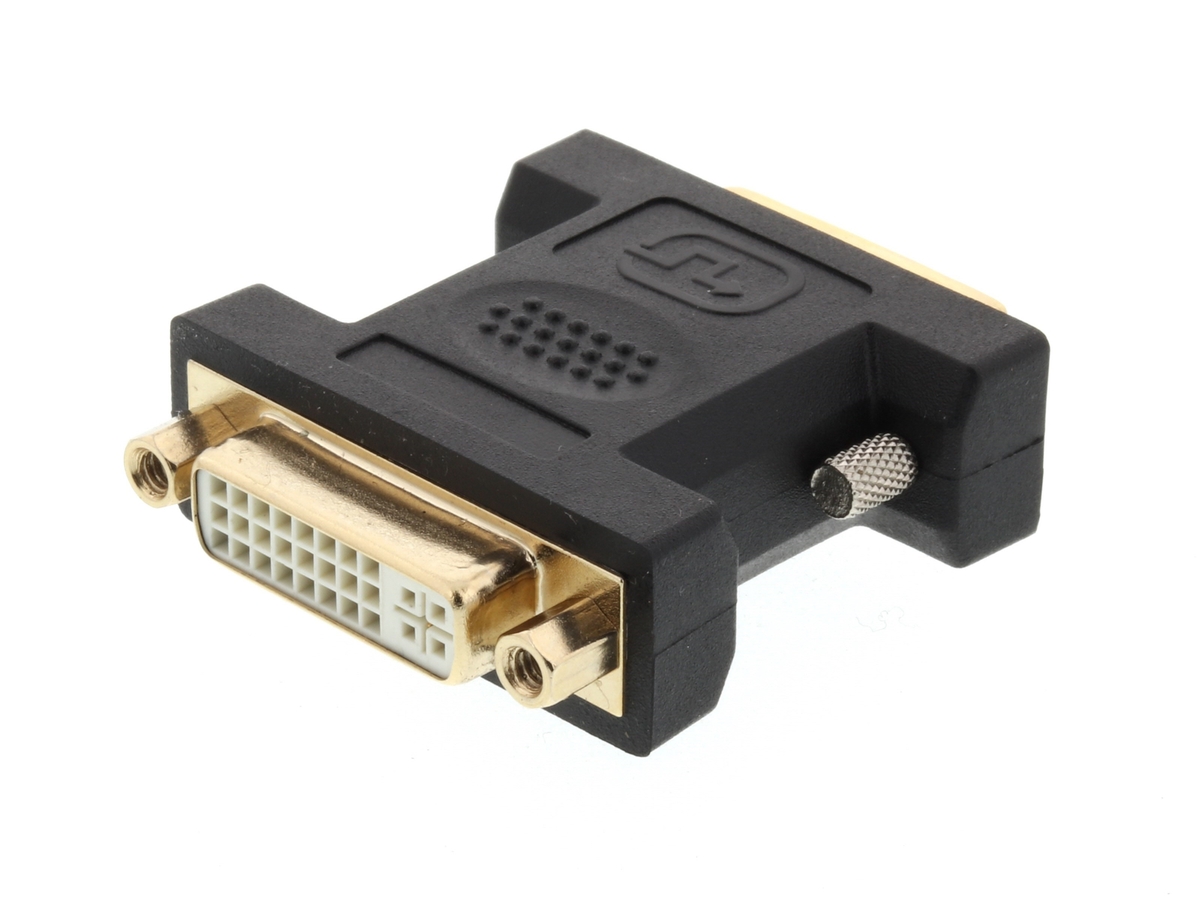
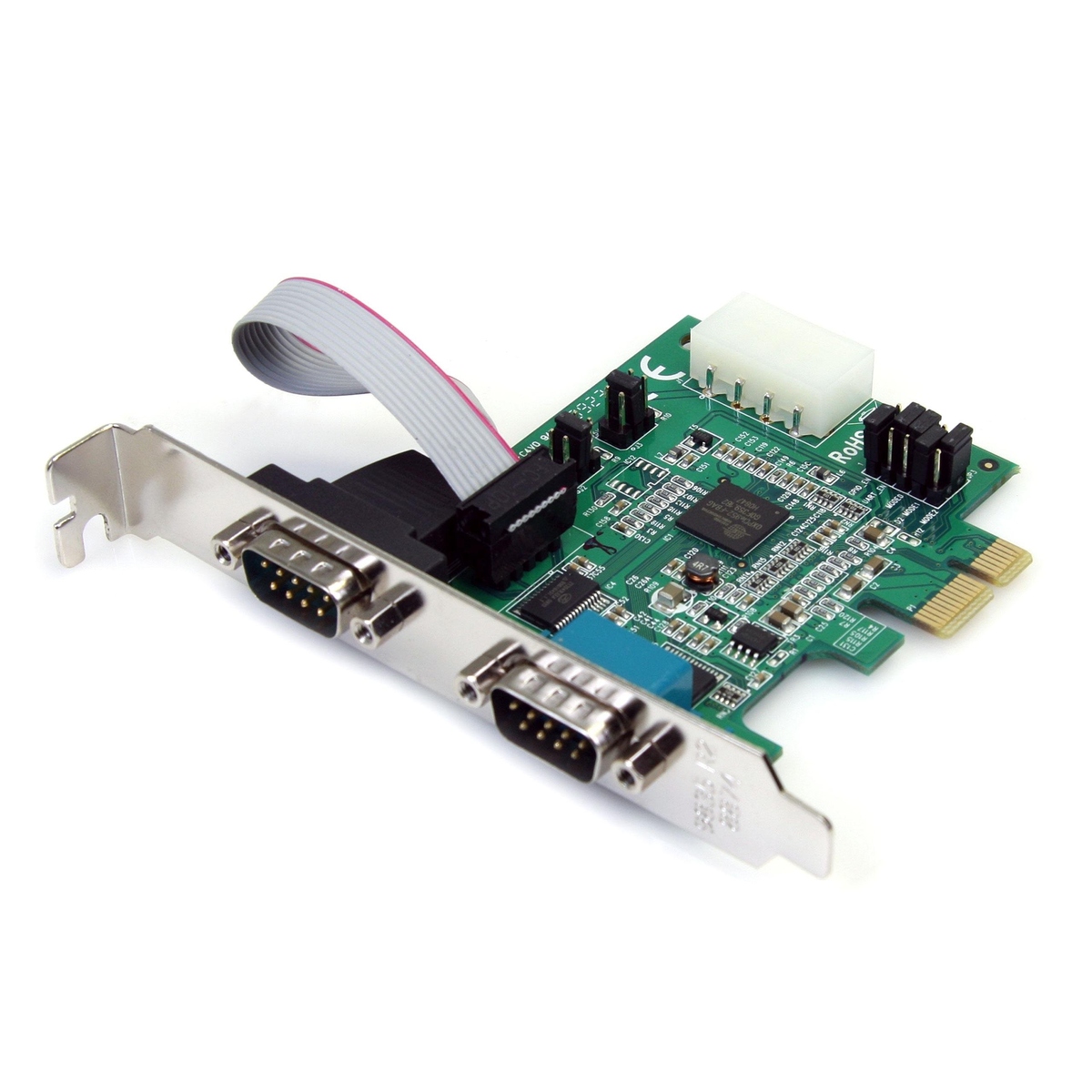
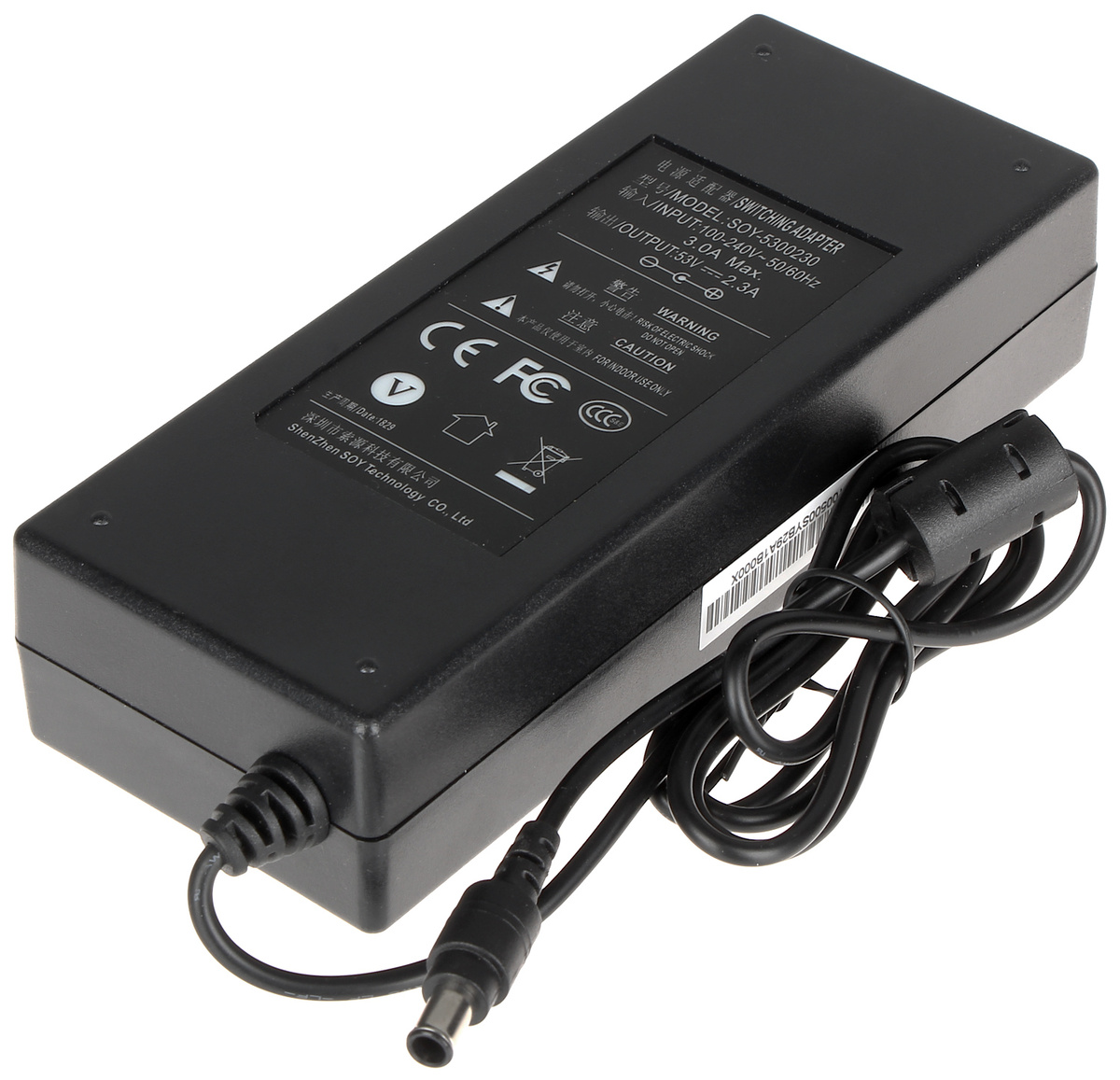
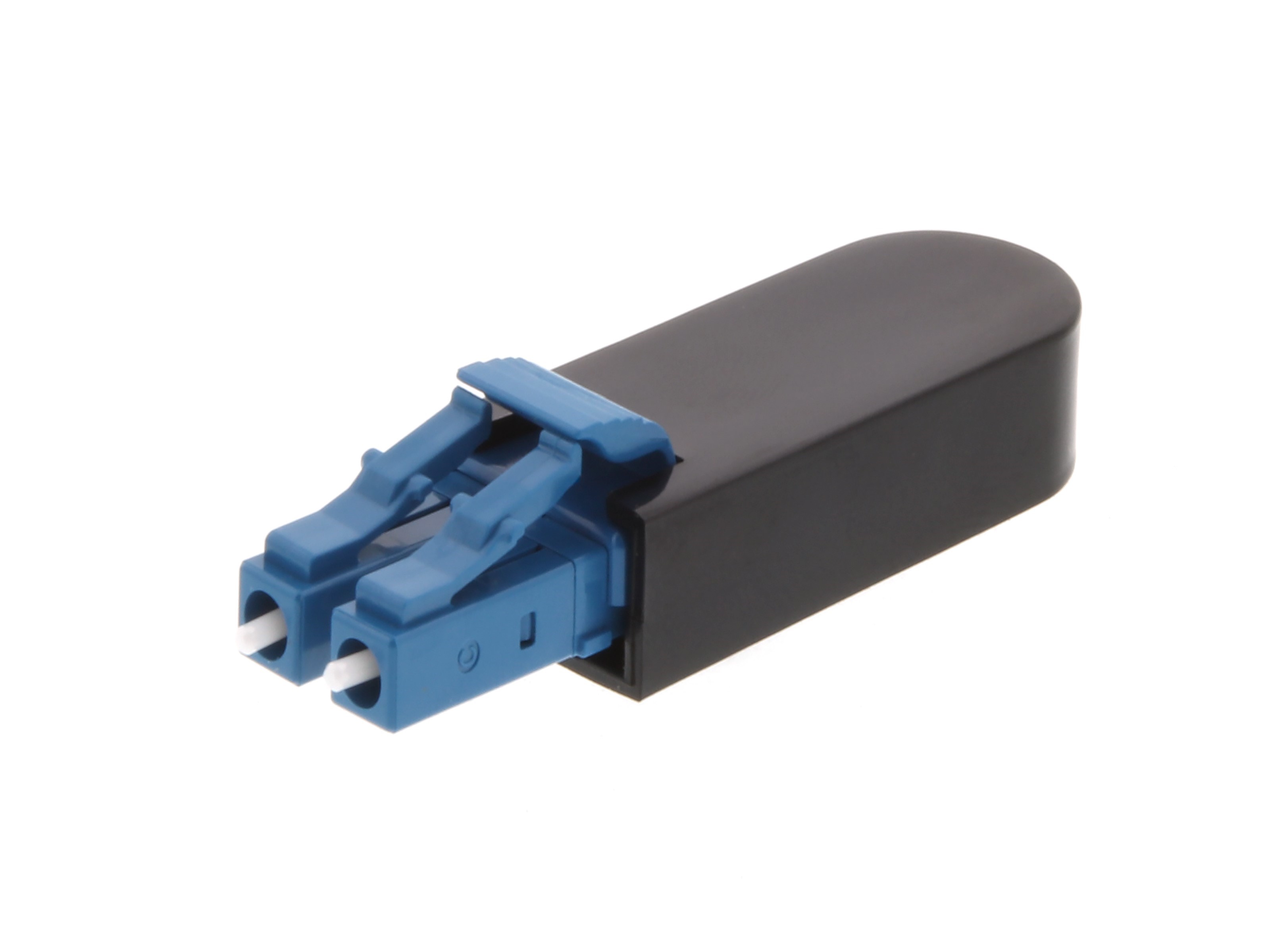

0 thoughts on “What Is An Ac Dc Adapter”